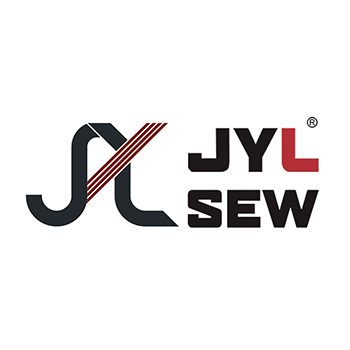The Computer Pattern Sewing Machine is an innovative tool that revolutionizes the process of creating patterns for sewing projects. With its advanced technology and precise automation, it offers an efficient and accurate way to bring designs to life. In this guide, we will explore the step-by-step instructions for using the Computer Pattern Sewing Machine.
Firstly, start by preparing your design. This could involve using pattern-making software or scanning an existing pattern into a digital format. Ensure that your design is saved in a compatible file format, such as a .csv or .plt file.
Next, input your design into the Computer Pattern Sewing Machine. This can be done either by connecting a USB drive to the machine and transferring the design file, or by utilizing the built-in software to directly import the design. Make sure that the machine recognizes and opens the design file successfully.
Before you begin sewing, it is crucial to adjust the machine's settings to suit your fabric and design requirements. This includes selecting the appropriate stitch length, tension, and any other parameters that are relevant to your specific project. Take into consideration the type and thickness of the fabric you are using to achieve optimal results.
Now it's time to sew the pattern. With the design loaded and the settings adjusted, carefully position the fabric under the machine's needle. Start the sewing process, and let the Computer Pattern Sewing Mac
- Home
- About us
- Product
- Hat Sewing Machine
- Industrial Flat Sewing Machine
- Eyelet Sewing Machines
- Eyelet Punching Machine
- Hat Stitching Machine
- Curved Edge Sewing Machine
- Hat Brim Sewing Machine
- Automatic Sewing Machine
- Automatic Velcro Sewing Machine
- Semi-automatic Sewing Machine
- Adjustable Buckle Fixing Machine
- Elastic Cutting Sewing Machine
- Velcro Welding Machine
- Hot Air Seam Sealing Machine
- Ultrasonic Sewing Machine
- Ultrasonic Holes Punching Machine
- Button Wrapping Machines
- Double Needle Flat Sewing Machine
- Shoes Sewing Machine
- Electronic Bartack Machine
- Double Needle Sewing Machine
- Punching Sewing Machine
- Computer Pattern Sewing Machine
- Shoe Ribbon Sewing Machine(Thread)
- Herringbone Rotary Sewing Machine
- Heringbone Rotary Sewing Machine(Thread)
- Cyclic Displacement Pattern Sewing Machine
- Heelpieces Automatic Sewing Machine
- Jeans Sewing Machine
- Garments Sewing Machine
- Special Industrial Machine
- Hat Sewing Machine
- Case
- News
- Contact us



